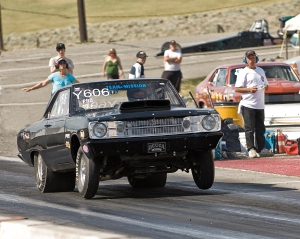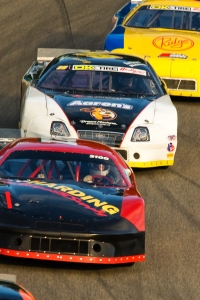I received a call from a photographer asking help with a new camera purchase. He had selected two and was comparing their difference in frames-per-second. I had read about both cameras and have to admit with so many other spectacular and enticing features both offered I hadn’t paid much attention to how many frames each could shoot in one burst.
When I asked him why FPS was important he said, “So I can photograph things that go fast”. A good point, although a minor one in my opinion, shooting with continuous advance might increase the number of keepers he has, as he learns techniques for photographing fast moving subjects.
I will admit I like photographing things that go fast. Capturing less than of second of a subject’s life that will be gone forever is exciting. That photographer could hope to stop the action by putting his camera into it’s P, or A mode, and employing his camera like a machine gun, make a burst of the shutter to stop a moving subject.
Some experienced photographers know how to get great results at the 8-frames-per-second or more, but if he is just starting out, he might want to dial it back a little and experiment to find what works best. The belief that faster would be better is not always the case. A DSLR cannot always find focus on a passing subject while the mirror is up and one can’t track the action through a viewfinder blocked while several frames are being made.
When I approach action photography at say, a basketball game, rodeo, or cars at a dragstrip, I don’t bother with the continuous frame feature on my camera. I know that the best way to stop action is with a fast shutterspeed. First I increase the ISO so the sensor is more light sensitive. Modern cameras have no problem with ISO settings of 800 or more and depending on how bright the location is I might move ISO higher or lower. I just make some tests before things get going.
Next I set my camera to a mode where I choose the shutter and the camera chooses the aperture. (S on Nikon and TV on Canon) I select the fastest shutterspeed that will let me keep some depth of field, then do more test shots, and I am ready to start taking pictures.
I anticipate and choose the best location to catch the action. Gosh, it’s all that easy. I suppose one could do additional testing with a high burst of frames-per-second. I don’t think that is needed, it just eats up memory and might require hours of editing in Photoshop, but what the heck, with today’s exciting technology we need to experiment to find what works best for our shooting style.
My first camera didn’t have auto focus, programmed exposure modes, or eight-frames-a-second capability. I couldn’t even shoot at shutterspeeds over 1/500th of a second. But, I read a lot, took classes and learned about the aperture and shutter, learned how to follow a moving subject, and about how my camera exposed a subject. And practiced a lot in spite of the price attached to each roll of film.
Oh, and my advice to that photographer didn’t discuss the need for fast shutterspeeds. As I wrote, there were so many other spectacular, and enticing things about the cameras we talked about, that I forgot about adding an opinion about frames-per-second.
I really appreciate any and all comments. Thanks, John
My new website is at www.enmanscamera.com








Good advice.
LikeLike
Thank you sir.
LikeLike